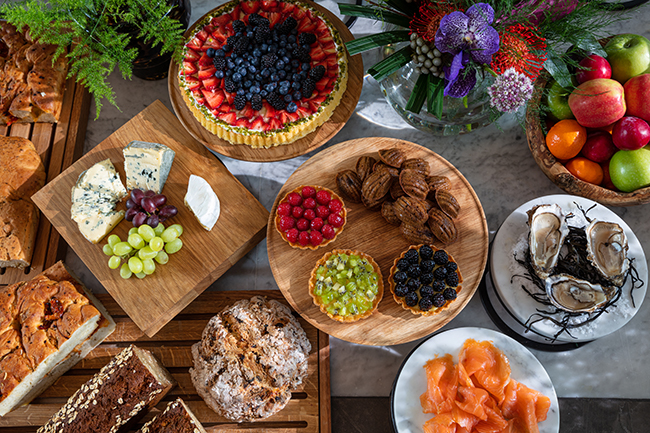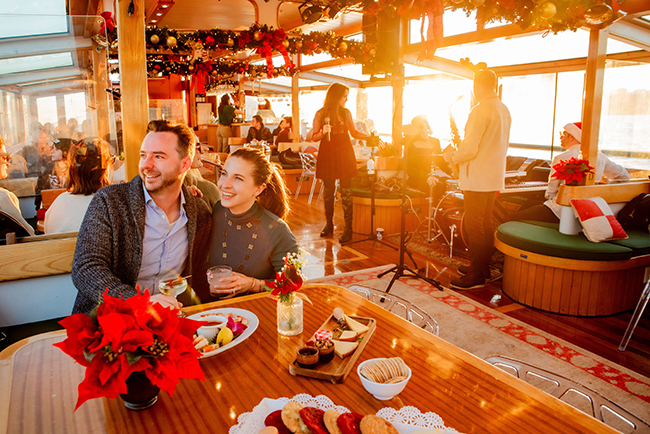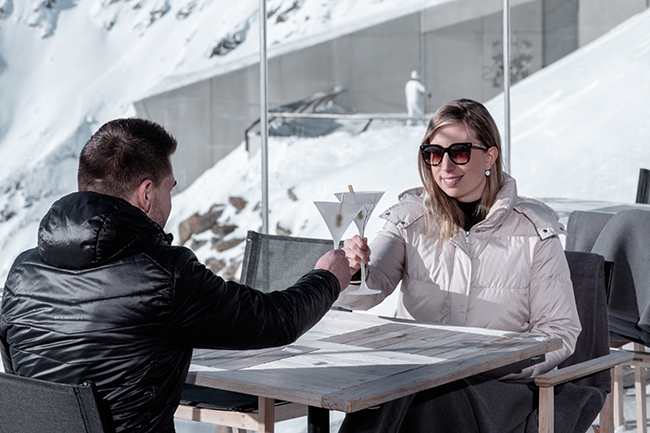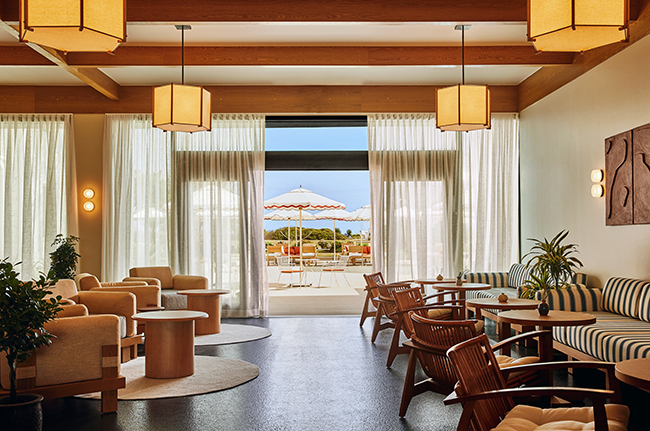Planning a Travel Itinerary like a Pro
06 May 2024
By Anne Postic » Photo by Anete Lūsiņa
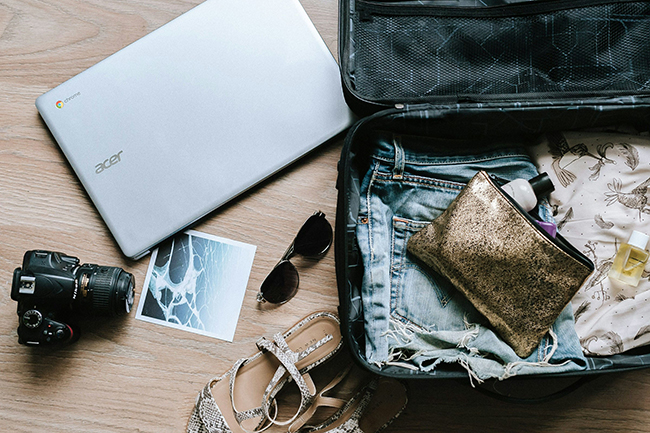
When my youngest son was ten years old, my sister and I took him on a trip to New York City. Years later, he still remembers his favorite day. We picked up breakfast biscuits near our temporary Brooklyn home, at our temporary favorite spot. We ate on the train to the Whitney Museum, where we saw plenty of art, much of it inappropriate for a child, which made it a surefire hit. Then we walked to lunch on the High Line, a public promenade built along an elevated historic rail line. At the (sadly, now closed) restaurant, glass walls enclosed a menagerie of greenery and birds, and we marveled at the nature that surrounded us in a gloriously climate-controlled outdoor room. We made our way through Chelsea, The West Village, and SOHO to the Brooklyn Bridge, which we walked across, enjoying the sunshine. We stopped at a Brooklyn seafood place, where we watched Fourth of July fireworks as we ate. It was a good day.
The glory of that day wasn't random, though. It was part of a carefully planned itinerary, designed to maximize our exploration of the city. Each day had a route, and nothing was left to chance. With much respect for the French concept of “le droit à l'erreur” (translated, "the right to be mistaken), there were alternate options every day to allow for oversleeping, meandering, traffic, bad weather, mood changes…or whatever.
The right to make mistakes on vacation is paramount. Exercising that right leads to culinary discoveries, new friends, unplanned museum visits, unique souvenir hauls, and the proverbial “more.” My husband and I were exploring Rome with our six-year-old. We had failed to consider the weather. It was hot. So hot. Our son, red-faced and groaning, couldn't take another minute of outdoor sightseeing, so we called it. Abandoning our plan, we melted into the nearest museum, because art preservation requires copious amounts of climate control. We spent hours exploring, discovered some new us artists, and caught an interactive Warhol exhibition. We devoured Aperol spritzes, potato chips, and gelato in the cool museum café. The next day, that same kid couldn't wait to get to another museum, and we stumbled upon a temporary exhibition of Joan Miró's earliest work. That kid has grown into a seventeen-year-old young man who still appreciates art. He has no idea his affinity began with sweat, misery, and a subsequent search for cool air.
There are a couple of key elements to a good itinerary: creating it with the help of a map, and scheduling enough time to make mistakes. Make a list of things you want to do, then put them on a map. (My favorite tool is Google Maps, where you can add pins to a map and save it for future reference.) Visualize each day, making sure you know how to get from place to place. (Once again, Google to the rescue. You'll be able to take public transportation like a pro.) Get as detailed as you like, particularly on group trips. Leave time for showers, meals, outfit changes, whatever you can anticipate.
Once you've made that itinerary? Be ready to change it. Most of the miserable vacation stories I hear involve relentless adherence to an itinerary. The rest involve a failure to make an itinerary at all. The key is to find the happy medium, the living itinerary. If there are two museums you want to see in one day, and they're relatively close, find a lunch spot between them. And schedule some downtime after your museum visits. “Sitting in the park and watching octogenarian sports” is an activity, an exploration of local culture. “Wandering in and out of stores without buying a thing?” Also an activity. And if the first museum is too interesting to leave, skip the second.
Embrace vacation as a loosely planned adventure, because almost anything can be fun. One of my fondest travel memories involves a flat tire in the French countryside. Sure, we spent an hour wandering around a strip mall (but in French!) while we waited for the tow truck. But I told the mechanic a joke (in French!) and he laughed. (What's the difference between your dog and your spouse? Lock them both in a trunk for two days. The dog will be really happy to see you when you open it!) It was truly one of my finest moments. I've eaten at Michelin-starred restaurants that were less memorable. And we were late for dinner. It wasn't on the itinerary, but we had a story, and that's what vacation is all about.

